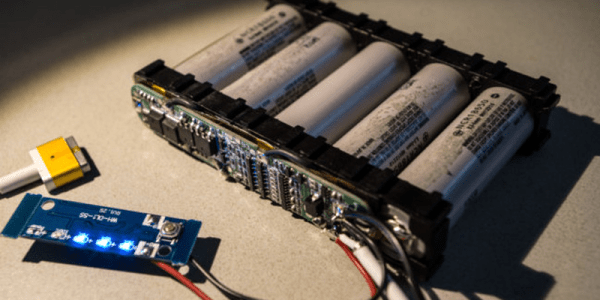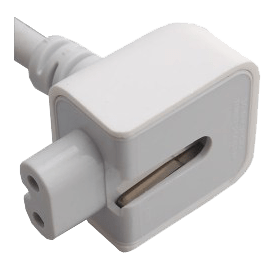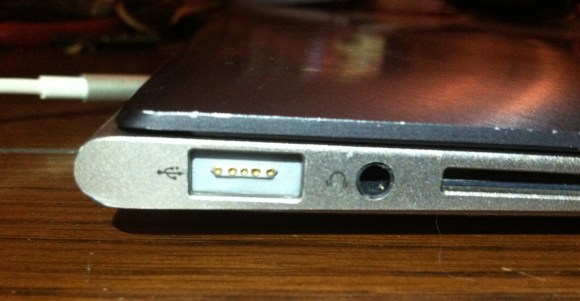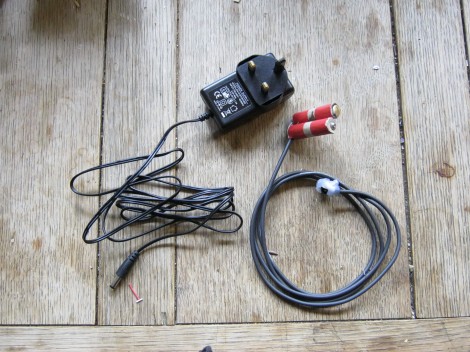
There’s no question that Apple has their industrial design down pat; comparing a cell phone charger made by Blackberry or Motorola to the tiny 1-inch-cube Apple charger just underscores this fact. [Ken Shirriff] posted a great teardown of the Apple iPhone charger that goes through the hardware that makes this charger so impressive.
Like most cell phone chargers and power supplies these days, Apple’s charger is a switching power supply giving it a much better efficiency than a simple ‘transformer, rectifier, regulator’ linear power supply. Inside the charger, mains power is converted to DC, chopped up by a control IC, fed into a flyback transformer and converted into AC, and finally changed back into DC, and finally filtered and sent out through a USB port.
The quality of the charger is apparent; there’s really no way this small 1-inch cube could be made any smaller. In fact, if it weren’t for the microscopic 0402 SMD components, it’s doubtful this charger could be made at all.
Comparing the $30 iPhone charger of a cheap (and fake) iPhone charger, the budget charger still uses a flyback transformer but there are serious compromises of the safety and quality. The fake charger doesn’t use a power supply controller IC and replaces the four bridge diodes for a single diode to rectify the AC; a very efficient cost-cutting measure, but it does lead to a noisier power supply.
There’s also the issue of safety; on the Apple charger, there is a (relatively) huge physical separation of ~340 VDC and your phone. With the off-brand charger, these circuits are separated by less than a millimeter – not very safe, and certainly wouldn’t be UL approved.
It’s worth pointing out that [Ken] compares a similar $7 Samsung charger favorably to the $30 Apple charger. Both are functionally identical, but Apple also has their marketing down pat, to say the least.
Tip ‘o the hat to [George] for sending this in.
EDIT: In case a 1-inch cube wasn’t impressive enough, check out the euro version of the iPhone/iPad charger. It supplies 1A @ 5V, and isn’t much thicker than the USB port itself. Thanks [Andreas] for bringing this to our attention. If anyone wants to do a teardown of the euro version, send it in on the tip line.





 The standard power adapter for Apple laptops is a work of art. The Magsafe connector has saved more than one laptop owned by the Hackaday crew, and the power brick with interchangeable plugs for different countries is a work of genius. Being a miracle of modern manufacturing doesn’t mean Apple gets it right all the time; the UK adapter doesn’t use the ground plug, leading to the power supplies singing at 50 Hz when plugged in. [Gareth] had had enough of the poor design of his charger
The standard power adapter for Apple laptops is a work of art. The Magsafe connector has saved more than one laptop owned by the Hackaday crew, and the power brick with interchangeable plugs for different countries is a work of genius. Being a miracle of modern manufacturing doesn’t mean Apple gets it right all the time; the UK adapter doesn’t use the ground plug, leading to the power supplies singing at 50 Hz when plugged in. [Gareth] had had enough of the poor design of his charger 












